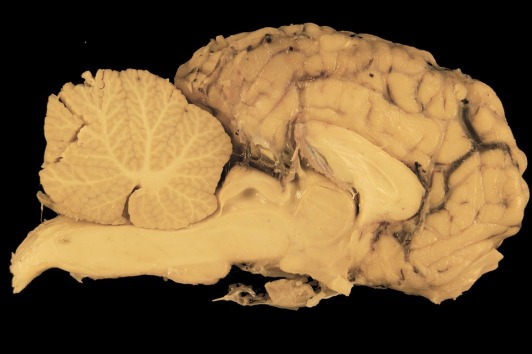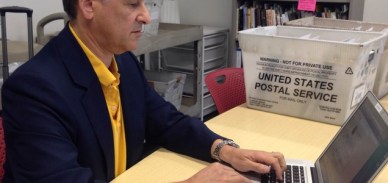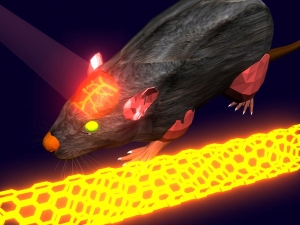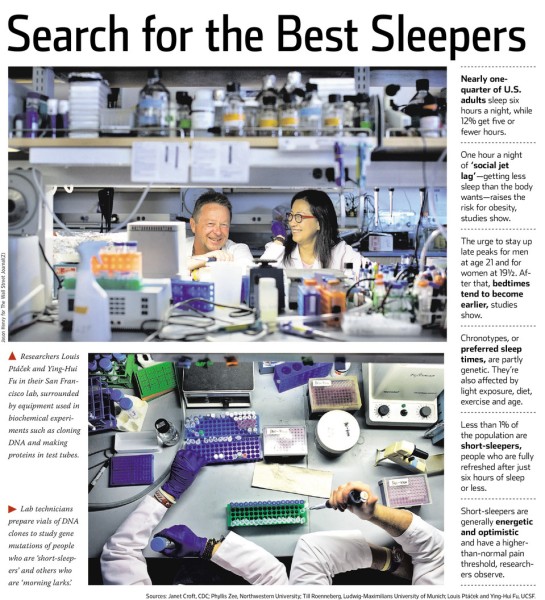
[excerpt of story by Karl Ove Knausgaard, The New York Times Magazine, 30 December 2015].
I arrived in Tirana, Albania, on a Sunday evening in late August, on a flight from Istanbul. The sun had set while the plane was midflight, and as we landed in the dark, images of fading light still filled my mind. The man next to me, a young, red-haired American wearing a straw hat, asked me if I knew how to get into town from the airport. I shook my head, put the book I had been reading into my backpack, got up, lifted my suitcase out of the overhead compartment and stood waiting in the aisle for the door up ahead to open.
That book was the reason I had come. It was called “Do No Harm,” and it was written by the British neurosurgeon Henry Marsh. His job is to slice into the brain, the most complex structure we know of in the universe, where everything that makes us human is contained, and the contrast between the extremely sophisticated and the extremely primitive — all of that work with knives, drills and saws — fascinated me deeply. I had sent Marsh an email, asking if I might meet him in London to watch him operate. He wrote a cordial reply saying that he seldom worked there now, but he was sure something could be arranged. In passing, he mentioned that he would be operating in Albania in August and in Nepal in September, and I asked hesitantly whether I could join him in Albania.
[…]
Read more in The New York Times Magazine, 30 December 2015.







